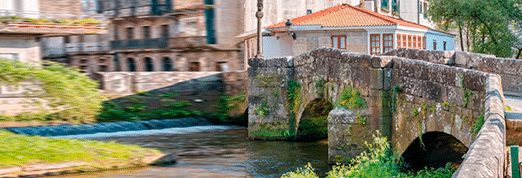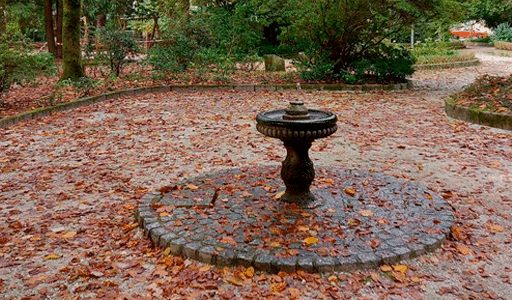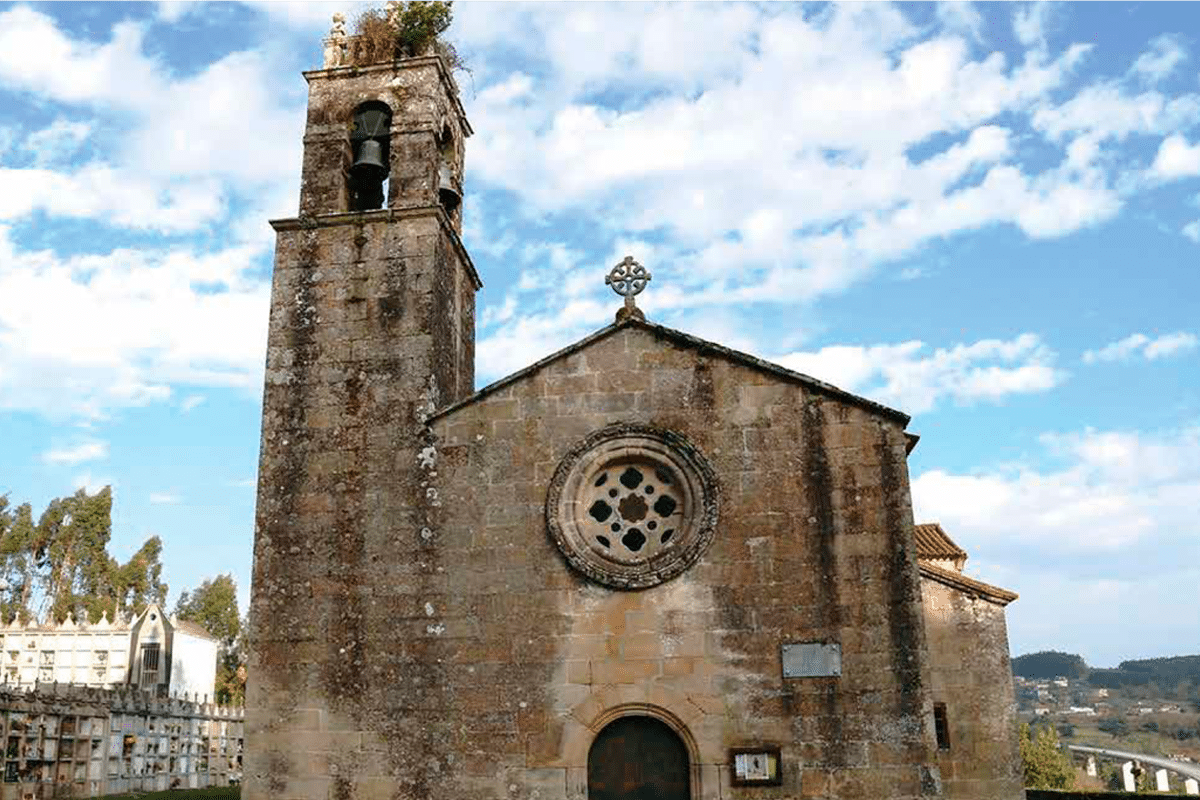Caldas
de Reis
Caldas de Reis
Location
The name of the village means Waters of the Cilenos, wich makes explicit reference to the Galician people that lived in the area; and also to the thermal baths that Romans appreciated so much.
Caldas has always been a mandatory point of transit for Portuguese walkers and foreigners who entered Galicia through Tui and the ports of Baiona, Vigo and Pontevedra, following Santiago along the route marked by two Roman roads, the XIX and XX that crossed the province of Pontevedra.
Its long tradition dates back to Roman times. The thermal water has a composition that gives it healing properties and become them on one of the most interesting things of the entire medicinal spectrum.
Caldas waters are indicated for respiratory, rheumatic, skin, gynecological and surgical conditions.





Points of interest
This unique thermal village has also different religious buildings precious to Galicia’s history and fantastic natural landscapes that the traveler can enjoy walking from Aires do Umia:
Fonte da Burga
Source of hot springs. It has two ornate pipes with a head of a lion, located at the outlet of the spring.
Puente Bermaña
The Portuguese way of the Jacobean route passes through it. Roman bridge 1st century. Formed by 3 semicircular arches and triangular tragamars.
Botanical Garden Park
In the center of Caldas, next to the river. It was declared a picturesque Paraxe and historical xardín. It has plant species from the 5 continents.
Carballeira
Well of cultural interest apart from its natural content. It serves as a meeting point for different events.
Waterfall in Segade
Next to the road that goes to Cuntis. A conditioned walk close to the Umia River.
Churcch of Santa María de Bemil
Church roman in origin. The reconstructed walls retain the Romanesque corbels.
Church of Santa María
In Caldas de Reis. Also of Romanesque origin. Located at the entrance to the Villa, next to it is the cemetery.
Church of Santo Tomás
Medieval style. From the end of the 19th century. It has been built with the remains of the tower of Doña Urraca (mother of King Alfonso VII of León).
Location
The name of the village means Waters of the Cilenos, wich makes explicit reference to the Galician people that lived in the area; and also to the thermal baths that Romans appreciated so much.
Caldas has always been a mandatory point of transit for Portuguese walkers and foreigners who entered Galicia through Tui and the ports of Baiona, Vigo and Pontevedra, following Santiago along the route marked by two Roman roads, the XIX and XX that crossed the province of Pontevedra.
Its long tradition dates back to Roman times. The thermal water has a composition that gives it healing properties and become them on one of the most interesting things of the entire medicinal spectrum.
Caldas waters are indicated for respiratory, rheumatic, skin, gynecological and surgical conditions.




Points of interest
This unique thermal village has also different religious buildings precious to Galicia’s history and fantastic natural landscapes that the traveler can enjoy walking from Aires do Umia:
Fonte da Burga
Source of hot springs. It has two ornate pipes with a head of a lion, located at the outlet of the spring.
Puente Bermaña
The Portuguese way of the Jacobean route passes through it. Roman bridge 1st century. Formed by 3 semicircular arches and triangular tragamars.
Botanical Garden Park
In the center of Caldas, next to the river. It was declared a picturesque Paraxe and historical xardín. It has plant species from the 5 continents.
Carballeira
Well of cultural interest apart from its natural content. It serves as a meeting point for different events.
Waterfall in Segade
Next to the road that goes to Cuntis. A conditioned walk close to the Umia River.
Churcch of Santa María de Bemil
Church roman in origin. The reconstructed walls retain the Romanesque corbels.
Church of Santa María
In Caldas de Reis. Also of Romanesque origin. Located at the entrance to the Villa, next to it is the cemetery.
Church of Santo Tomás
Medieval style. From the end of the 19th century. It has been built with the remains of the tower of Doña Urraca (mother of King Alfonso VII of León).

Connections and accessibility
Santiago Lavacolla airport is 48 km away and Peinador de Vigo 50 km Caldas de Reis has a regular bus connection with Pontevedra – A Estrada. Villagarcía – Vigo – Santiago and A Coruña.
If we want to travel by car, we can take the AP-9 motorway and then the N-640 road.
Another option would be to take the N-550 highway or the A-52 highway and then change to the N-640 highway.
Its location on the Portuguese road makes it a main stop for the traveler.
The Jacobean cult has had a fundamental territory on the Portuguese Way to understand the true international dimension of the phenomenon of pilgrimages.
Since the twelfth century, the flow of pilgrims to the north of the peninsula had established connections not only spiritual but also cultural and economic.
Recomendations
from our guests
…cozy and very comfortable, everything is a detail.
(España – 11/09/2020)
…¡I’ll repeat! The kindness of staff makes you feel at home.
(Grupo – agosto 2020)
100% recommendable. If you are visiting but also inf you are passing through. (Portugal sep. 2020)
…Charming decoration, done with care.
(USA, sep. 2019)
…The appearance is not the same from the outside that it is on the inside.
…Very friendly staff.
Connections and accesibility
Santiago Lavacolla airport is 48 km away and Peinador de Vigo 50 km Caldas de Reis has a regular bus connection with Pontevedra – A Estrada. Villagarcía – Vigo – Santiago and A Coruña.
If we want to travel by car, we can take the AP-9 motorway and then the N-640 road.
Another option would be to take the N-550 highway or the A-52 highway and then change to the N-640 highway.
Its location on the Portuguese road makes it a main stop for the traveler.
The Jacobean cult has had a fundamental territory on the Portuguese Way to understand the true international dimension of the phenomenon of pilgrimages.
Since the twelfth century, the flow of pilgrims to the north of the peninsula had established connections not only spiritual but also cultural and economic.
Recomendations
from our guests
…cozy and very comfortable, everything is a detail.
(España – 11/09/2020)
…¡I’ll repeat! The kindness of staff makes you feel at home.
(Grupo – agosto 2020)
100% recommendable. If you are visiting but also inf you are passing through. (Portugal sep. 2020)
…Charming decoration, done with care.
(USA, sep. 2019)
…The appearance is not the same from the outside that it is on the inside.
…Very friendly staff.

